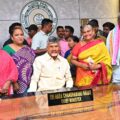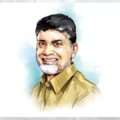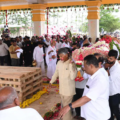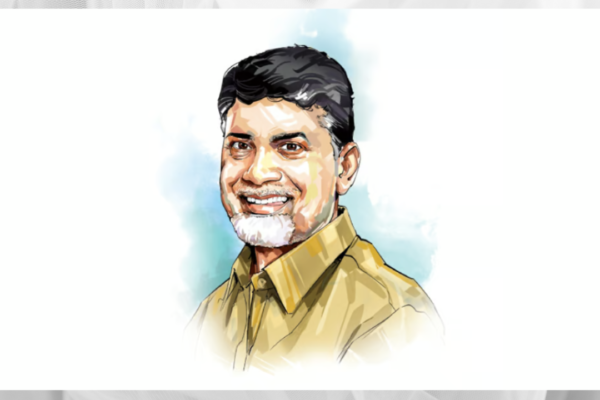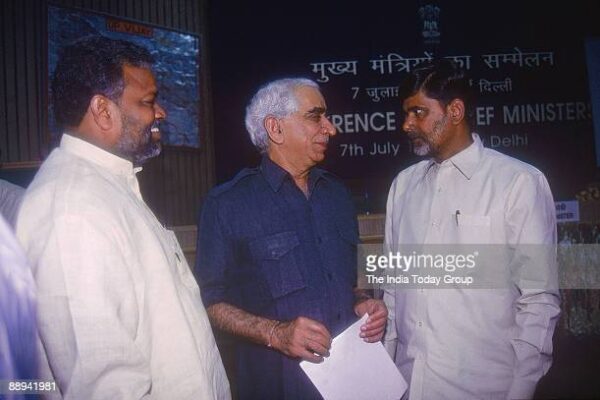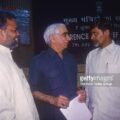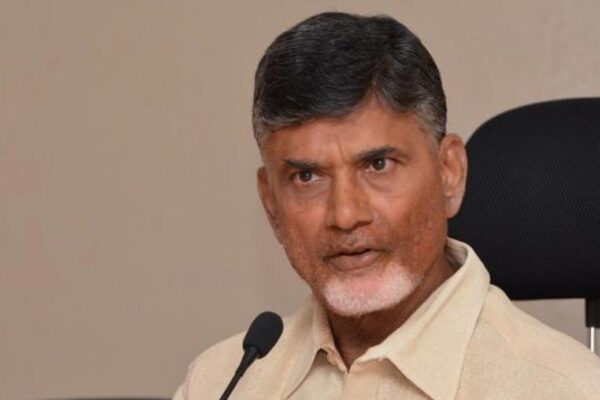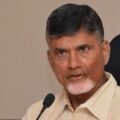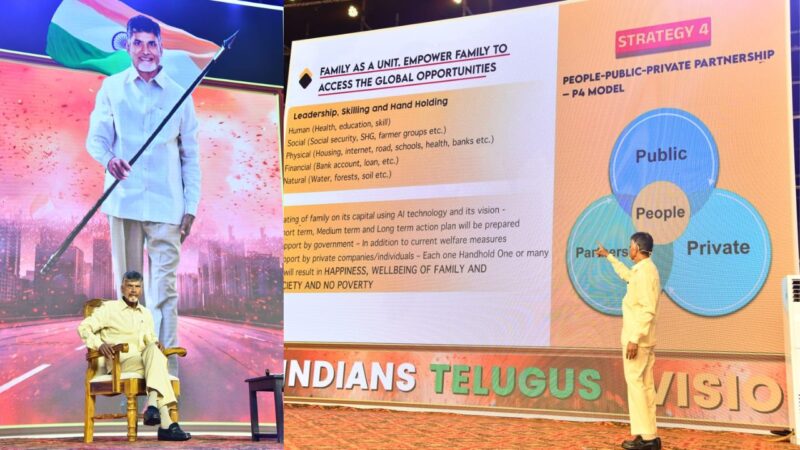
SNV Sudhir | South First | August 15, 2023
TDP chief Nara Chandrababu Naidu said on Tuesday, 15 August, that he strongly believed that India could lead the world while the Telugus would play a major role in global development if five strategies were adopted.
Unveiling his “Vision 2047” document in the presence of youngsters, intellectuals, and a mammoth gathering at the MGM Park in the port city of Visakhapatnam on Independence Day, Naidu said he felt that India was expected to be the third-largest economy by 2047, while it would be number in other sectors by then.
But if five important strategies were adopted, India would be the global leader, he said in the document.
“Experts say this is the decade of India. However, we need to convert it into the century of India,” said Naidu in the document.
Naidu was popular for his “Vision 2020” document, which he used to exhort during his first spell as the chief minister of combined Andhra Pradesh during the late 1990s and the early 2000s.
Now, he has come up with a Vision 2047 document in collaboration with the Hyderabad-based think-tank Global Forum for Sustainable Transformation.
He said five important strategies needed to be adopted for India, Indians, Andhra Pradesh, and Telugus for growth till 2047. This, he said, included the P4 (public, private, people, and partnership model.
Energy and Security
Explaining the five strategies in his Vision 2047 document, Naidu said that the first was on energy, which he said could be a game-changer.
He said that reforms adopted in the late 1990s had caused Andhra Pradesh to become a leader in the power sector.
The cost of solar power dropped from ₹8 to ₹2 per unit, with solar, wind, and pumped energy generation system adopted by the state.
“Even now we will try to reduce the power charges by 30 per cent by setting up hydrogen and ammonia hubs along with research centres in various parts of the state,” the TDP supremo explained.
The second strategy was on achieving water security in India, he said. He predicted more demand for water as the population was growing heavily, even as urbanisation and industrialisation moved forward at a very fast pace.
Naidu said this problem could easily be overcome with the interlinking of rivers, for which Andhra Pradesh was a model state.
Coming to the third strategy, Naidu said he felt that digital technology would certainly play a major role in the progress of the nation.
Observing that the country had the advantage of digital public goods from the government, like Aadhaar, bank accounts, UPI, vaccine details, and mobile phones, the TDP supremo said he was of the opinion that digital technology could be brought in all walks of life.
Drones, robotics, quantum computing, and other technology would totally change all walks of life, including agriculture, health, education, governance, and transport, said Naidu.
The deep-learning technology would have a major impact, which would increase productivity and efficiency if everyone had access to digital technology, he felt.
The P4 model
Coming to the major strategy, which is P4, Naidu explained in the vision document that demographic management plays a major role in achieving the targets.
Observing that although India had a bigger working population than a dependent population, the former chief minister said that the earning population in the age group of 15-59 was fast declining, particularly in the states of Kerala, Tamil Nadu, and Andhra Pradesh.
Meanwhile, the population in the same age group was increasing in states like Bihar, Madhya Pradesh, and Uttar Pradesh, he noted.
Naidu said that the country should learn from the issues faced by Europe, Japan, and the United States on demographic disadvantage.
He said he strongly felt that India should manage its population to maintain the demographic dividend, and it should begin immediately, as the country had a major population in the age group of 20-25.
“Educate them on various skills to turn them into assets to their own family and the nation, thereby serving the global community,” he explained.
Each family should be empowered to access the best available opportunities, the former chief minister said.
Each family should be rated on its capital, using technology and its vision, depending on which short, medium and long-term action plans should be formulated.
Besides the welfare schemes that were already in implementation, support from the government was needed.
Ultimately, P4 would result in happiness and the well-being of every family, which would ultimately help society, resulting in no poverty, Naidu explained.
Growing the economy
On the final strategy, Naidu said he expressed hope that the Indian economy would grow to be an example to the global economy.
Claiming that Indians were the biggest diaspora globally (about 1.8 crore), he also pointed out that Non-Resident Indians living in the US are the richest in the world.
Naidu said he was of the opinion that Telugu people had the best advantage when it came to easily moving to any place. Thus, he said, India should aim for its diaspora to reach 10 crore from the present 1.8 crore.
Their investments across the world would also grow heavily and they could be directed to invest back in the country, participate in the P4 model, and support their motherland in all spheres.
Naidu expressed hope that Indians — particularly Telugus — would certainly grow globally and take the nation much ahead to become the topmost country in the world.
